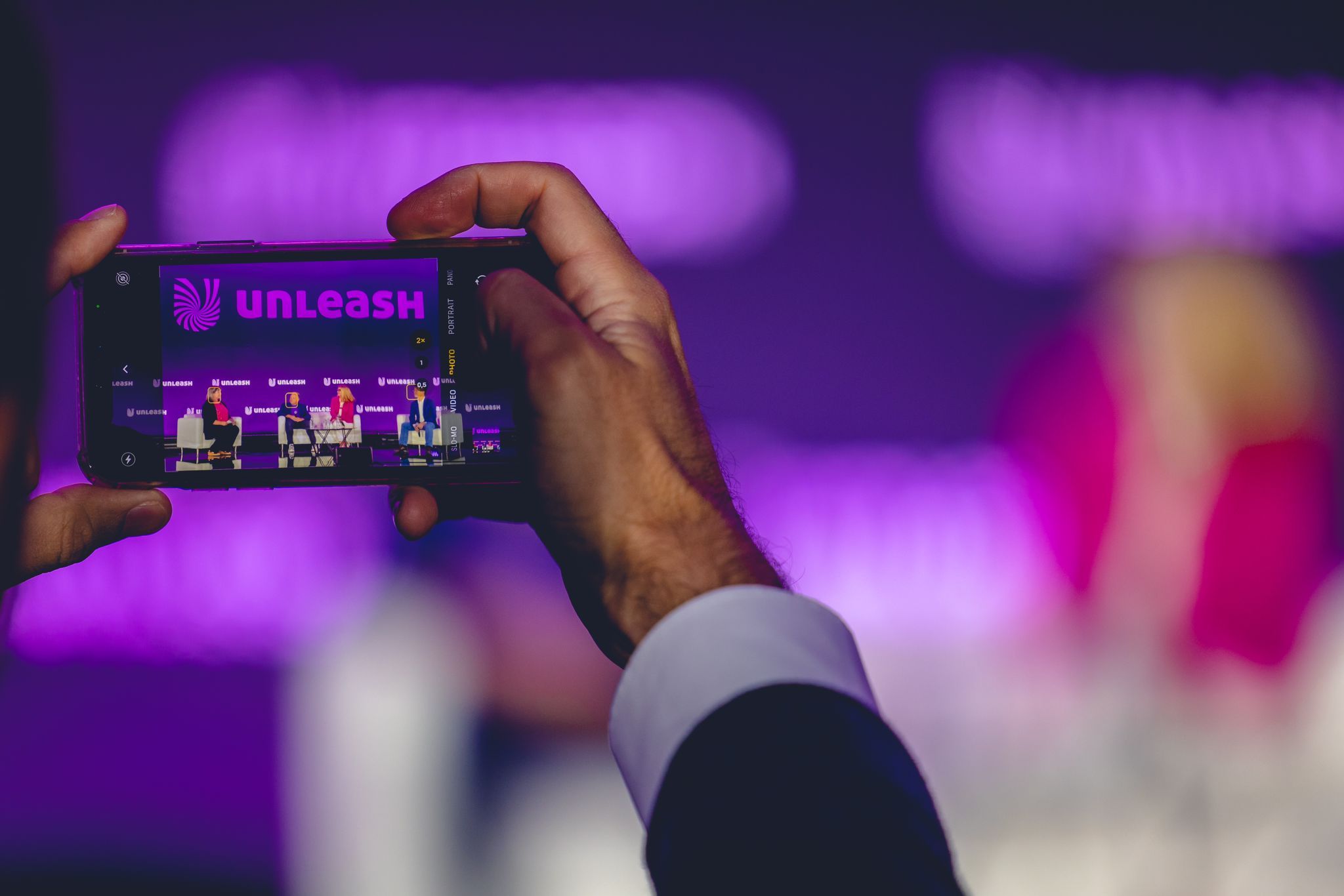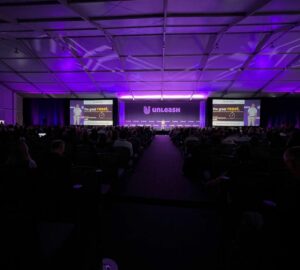
02 May Dispatch from UNLEASH America: A Long-Awaited Convergence Arrives for The Extended Workforce
We are reaching the tail end of the Spring conference season. With every cycle, conference planners are taking another step in recovering from the downtimes during lockdown and Delta/Omicron surges to bring these events back, better than ever. The in-person connections at these industry conferences are fantastic, however, it seems that conference producers are incorporating input from participants to curate experiences that surpass pre-pandemic events. UNLEASH America, last week in Las Vegas, is one of those events.
The most striking evidence of this new experience curation was the high number of curious and engaged HR and talent leaders circulating throughout the conference. In a number of recent events, the “buyer personas” were possibly outnumbered by vendors and investors, making the exposition floor feel more like a crowded bazaar marked by vaporware and hype than a comfortable place to learn about HR technology solutions.
UNLEASH America clearly put the effort into creating the right combination of enterprise talent leaders and HR technology experts, and solution providers with (mostly) focused messaging and use cases. Almost everyone I spoke with at the event noted the rich exchanges at vendor booths, networking sessions, and sponsor dinners.
The proliferation of talent platforms and integrated data from these platforms has, along with prolonged skills shortages, moved the contingent workforce from a “hot potato” that nobody wanted to a primary and flexible source of expertise.
Alan Kumar
The Convergence of Workforce Strategies
Perhaps the most exciting observation during UNLEASH America was the palpable focus on including the extended workforce in overall talent and technology strategies. In a recent blog post I called for HR to embrace non-employee workers as a pillar of their workforce plans, noting that procurement professionals are seeking their collaboration.
Well, HR is showing up – big time – as skills shortages and volatile labor markets wreak havoc on old ways of accessing talent. UNLEASH America devoted an entire general session to the topic, as well as numerous breakouts to dig more deeply into the strategies, mindsets, and tactics of what is shaping up as “total workforce” strategy and management.
One session was led by Christian Fernandez of Northwestern Mutual Life, who challenged us to think differently with a “Fully Integrated Strategic Workforce Planning Process” to bring all the pieces together. Most notable in Christian’s presentation was the inclusion of work redesign as a critical step in this process. Christian pointed out that disruptions in our economic models require us to redesign work considering optimization levers, including outsourcing, automation and the difficult decisions around dropping non-value added activities so common in work today.
Another engaging session featured Alan Kumar sharing his experience incorporating contingent workers into the talent mix at Dolby Laboratories to promote flexibility and productivity. Alan made a point, several times, that each organization needs to find its own way to the right strategy and mix of talent, and that it may take some time. There is no “one size fits all” when it comes to a flexible workforce strategy. Deliberately incorporating non-employee workers into the talent strategy, as opposed to maintaining their “contingent” status, along with clear planning and communication with workforce segments can help overcome the complexity and compliance issues that come with a more flexible workforce.
Alan noted that the proliferation of talent platforms and integrated data from these platforms has, along with prolonged skills shortages, moved the contingent workforce from a “hot potato” that nobody wanted to a primary and flexible source of expertise.

Photo credit for featured an in-line images: UNLEASH America 2023
Vendors Get Their Own Day – And Some Tough Love
UNLEASH America experimented this year with a “Day 0” Vendor Summit to provide an additional experience for vendors and sponsors. The day focused on key themes and opportunities facing solution providers, including some of the challenges they need to help the market overcome on the way to continued digital transformation of the people function.
Sarah White previewed her upcoming release of buyer research with some data that serves as both a warning and a guide to those offering technology solutions:
- For the 3rd year running, the #1 frustration among customers with current HR technology is integrations.
- Issues with reporting and analytics are the #2 frustration this year, after being #2 in 2021 and #3 last year.
- 80% of companies are looking to replace their existing systems or are investing in new ones to improve processes and efficiency.
Sarah and the other panelists during the vendor summit shared an admonition with the audience: buyer behavior is shifting and it’s time to get clearer with market messaging and cleaner with how a particular solutions fit into a customer’s tech stack to solve problems. IT leaders are becoming concerned about the complexity of too many systems and the headaches associated with integrating them into existing tech stacks.
Are these insights getting you thinking about your own strategy?
Discover how Flextrack’s extended workforce Platform as a Service solves these issues while providing users with a simple, unified experience.

Jeff Mike
Head of Insights and Impact, Flextrack
Jeff Mike works closely with HR, Procurement and IT leaders to design extended workforce ecosystems that fuel and future-proof enterprise talent strategies. Jeff brings over 15 years of experience leading HR functions, along with five years leading global HR- and workforce-related research, to combine the best thought leadership, business practices, and platform technology into purpose-built solutions.
